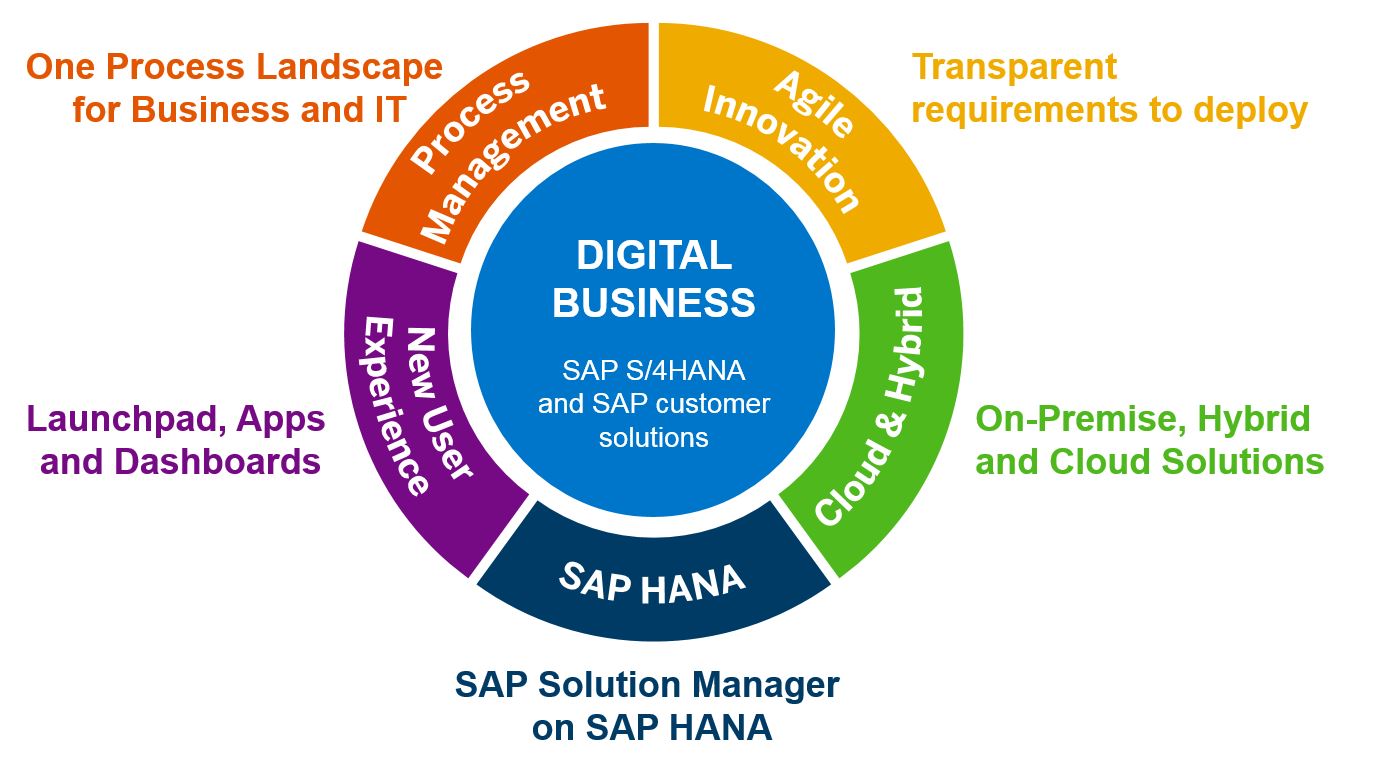How to Protect and Secure a VPS Server from Hacking

Hacker attacks can affect not only a site located on a shared hosting, but also a web resource that is hosted on a more secure virtual private server (VPS). The explanation is simple. Hackers, when hacking an operating system, look for weaknesses in it, which, in the vast majority of cases, are the result of disregard for security rules by the users themselves.
Let’s look at the main criteria for building a proper site protection system and examine which tools should be used to remove a virtual dedicated server from the risk zone of hacker interference. But first, it is necessary to exclude the attacks of intruders that have already happened. To do this, it is enough to pass a small test “How to find out that your site has been hacked”, which you will find at the link link. If a web resource has not yet been noticed by hackers, it’s time to think over a protection system.
Hackers’ methods of hacking servers
To choose one of the ways to protect the virtual server data warehouse (VPS) from hacker attacks, you should get acquainted with the methods of their penetration, as well as the consequences of such hacking. The dangers that threaten virtual servers are conditionally divided into two groups:
- The first group is penetration. To log into the server storage, an attacker uses stolen or matched credentials of a registered user. The most dangerous such hacking is if the hacker uses the account not of a simple client, but of an administrator. In the latter case, he has all the possibilities to copy any information available on the VPS, can change it at his discretion, download a database of personal data, transfer funds, change the delivery addresses of paid orders and much more.
- The second type of danger lies in the use of “brute force”. The purpose of such a hacker attack is to disable a virtual private server (VPS). To achieve the result, an external influence option is used, namely a DDoS attack and / or a DoS attack. A huge number of requests which contain useless information are sent to the server. Thus, an impossible task is set before the computing resource of the VPS – an increased load of a parasitic nature. After it exceeds the limits set in the server settings, the virtual server stops responding to requests – “freezes”. All systems connected to the VPS server also stop working.
If you want a virtual dedicated VPS server to work without incident, consider protection against these methods of hacker influence on it.
General recommendations
It should be understood that in order to ensure the security of the virtual server, it is necessary to perform a whole algorithm of certain actions. Do not rely on one measure of protection, no matter how reliable it is. As practice shows, the server can be considered as protected from unauthorized access as much as possible only if there is comprehensive protection.
Among the main measures used today to maximize the security of VPS, it is worth noting:
- Application of additional authentication methods.
- The server management channel is provided with reliable protection.
- Using SSL/TSL encryption protocols.
- Application of firewall.
- Private subnets.
- Monitoring by special means.
- Using tools that detect third-party access in automatic mode.
- Regular audit of the server system.
Let’s look at each item in more detail.
Using additional authentication methods
This measure makes it possible to strengthen the security of the server from unauthorized access made through penetration. Using two-factor authentication, you can successfully protect yourself from hacking attempts committed by the overwhelming majority (more than 90.0%) of intruders on the Internet. After all, to log in, you need to specify not only the account password, but also additional keys sent to the user’s phone number and email.
The server management channel is provided with reliable protection.
It is well known that the operation of any cloud structure, including a virtual server, is provided by physical equipment. It is located in a special, separate room. Administrators manage and control the functioning of server hardware remotely. The protection of the control channel is provided by software that should be updated regularly. The new version of the software not only improves the operation of the system, but also eliminates all identified vulnerabilities of the old version. It is strongly recommended to skip updates in test mode and check compatibility with the programs running on the server.
Using SSL/TSL encryption protocols.
This measure protects the communication channels of the resource and VPS users. The protocol provides for the encryption of all data and files that run between servers, users, and so on. If a hacker intercepts the message, he is unlikely to be able to decrypt the information encoded by SSL/TSL certificates.
Application of firewall.
Firewall is a network filter that controls the forwarding of information packets passing through it. This solution should be used on all equipment that connects to the Internet. Working in automatic mode, the firewall blocks incoming requests to connect to the virtual server, in full accordance with the preset settings. It is not uncommon for operating systems to have a built-in firewall.
Private subnets
By attracting private subnets to protect against a possible hacker attack, we get the opportunity to isolate a certain amount of information. Thereby we increase the degree of security of VPS hosting. The best option is to isolate the server storage inside the contour of private subnets. That is, when you go directly from the world Wide Web to a public address, the server will be invisible. The advantage of this solution is the absence of a direct Internet connection.
Monitoring by special means.
This protection measure is suitable for all systems, including even those that are provided with round-the-clock, daily technical support (24/7). Since it is physically impossible for a person to continuously monitor the working settings of the server, the use of special tools will help not only to monitor the parameters of the VPS, but also to detect any changes in its operation in a timely manner. The administrator has the opportunity to respond promptly and take appropriate measures. Currently, there are effective monitoring tools that monitor the operation of the server, both inside and outside.
Using tools to detect third-party access in automatic mode
This option has a lot in common with monitoring. The only difference is the specificity of the detected events. Since the reaction of this protection system is aimed only at actions such as attempts to repeatedly select passwords to user accounts or cases of unauthorized access. At the same time, the analysis of related events is performed. An example of the operation of a rapid response tool is the instantaneous change of firewall settings when an unauthorized entry is detected.
Regular audit of the server system.
This solution is also a kind of monitoring. In the process of its implementation, we receive information for further study and analysis. With the help of built-in tools, the client’s access level to information is checked, whether they have the appropriate permission, the operations performed and the applications installed are studied.
You can always get more detailed information about methods of improving VPS security from the provider’s technical service specialists. For example, HostZealot pays special attention to protecting servers from malicious attacks. To do this, the hoster implements effective solutions at a high professional level on the virtual servers offered for rent.




